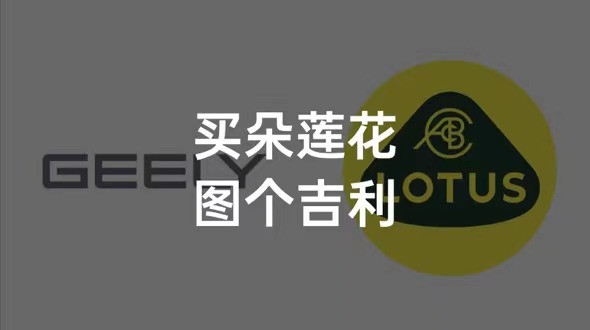
On June 23, 2017, Geely acquired a 49.9% stake in the local car brand Proton from DRB-HICOM Group in Malaysia for $235 million. According to the agreement, the two parties will jointly operate this brand. In this transaction, Geely also acquired a 51% stake in Lotus Cars.
Lotus?
One of the top three sports car brands in the world
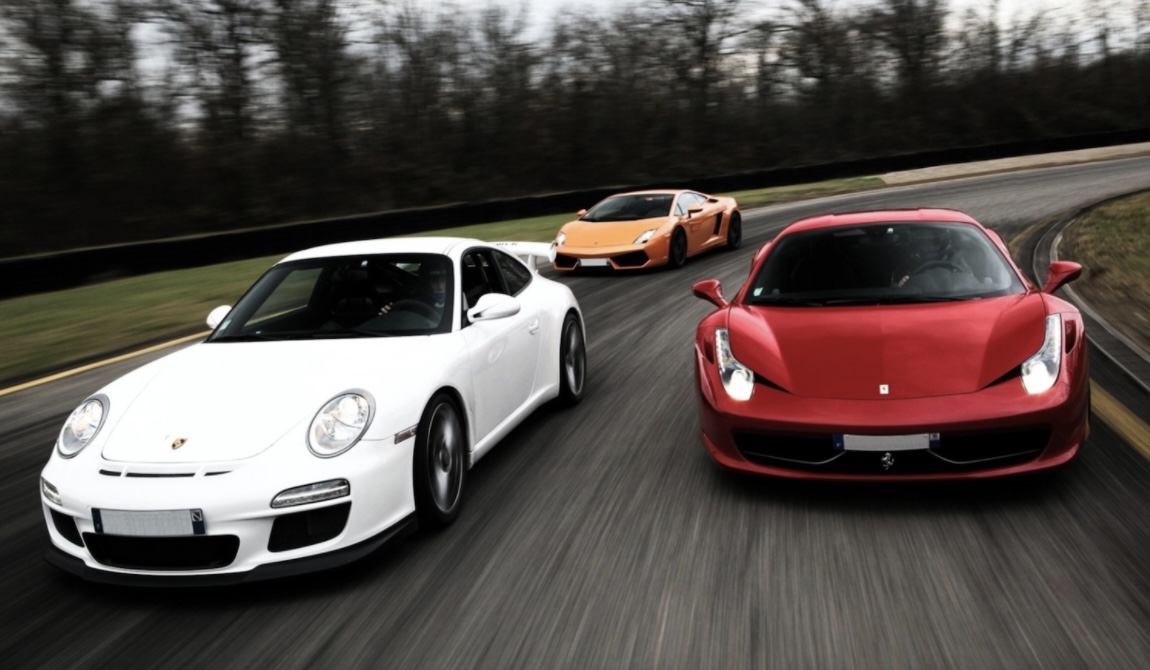
Among the top three sports car brands, Ferrari and Porsche are two completely groundbreaking brands. There are horses in their logos; they are recognized as luxury goods and even if you know nothing about cars, you know they are expensive!
Recognized third?
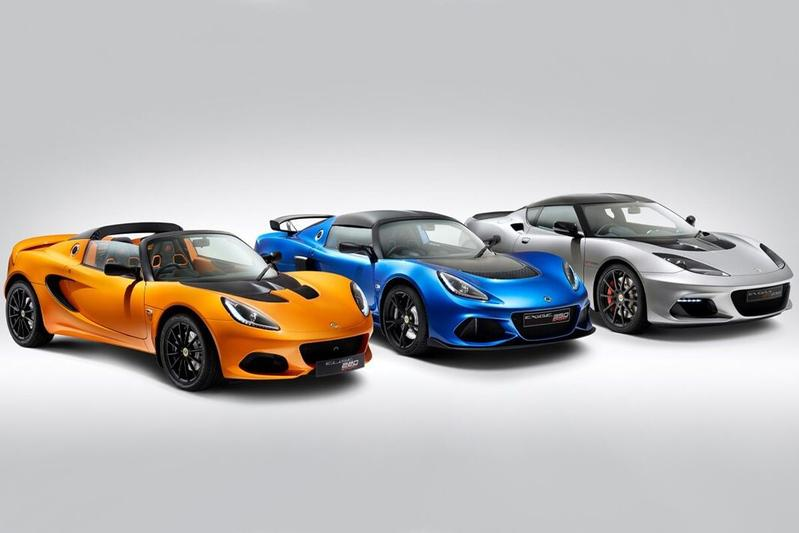
Some sources judge based on recognition and claim that the third brand should be Lamborghini. However, I choose to believe in an article published by Xinhua News Agency in June 2017 and cast my vote for Lotus.
Why acquire?
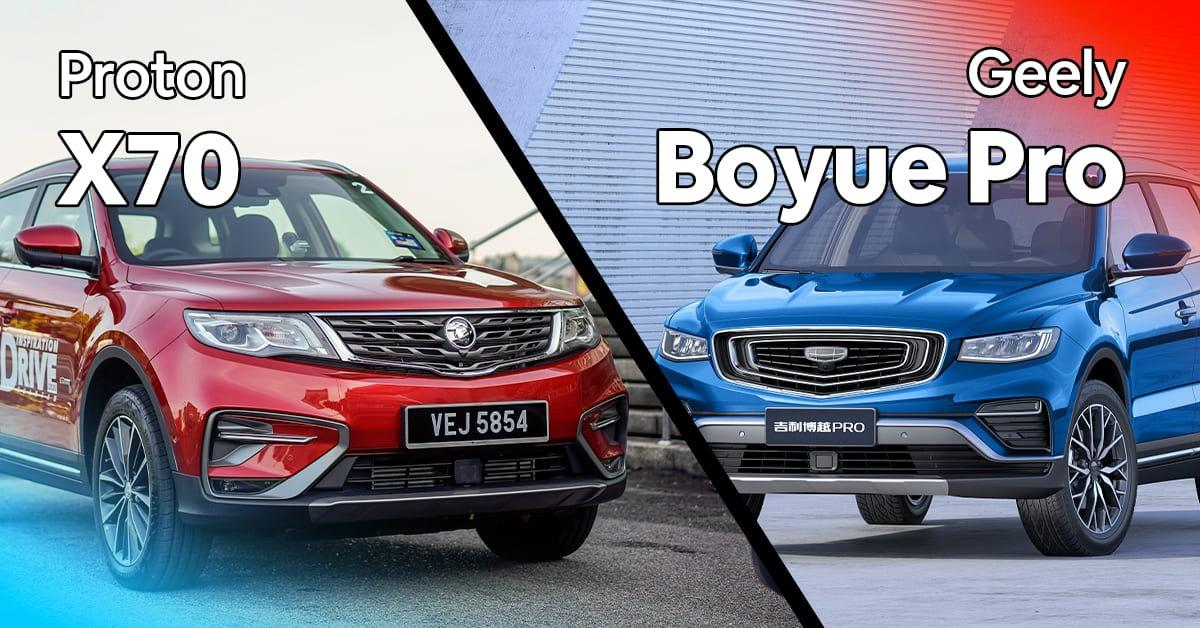
The logic behind Geely’s acquisition of Proton is very straightforward. Not only can it use its own platform to inject new blood into this local brand, it can also use its dealer system to expand its commercial footprint in Southeast Asia.
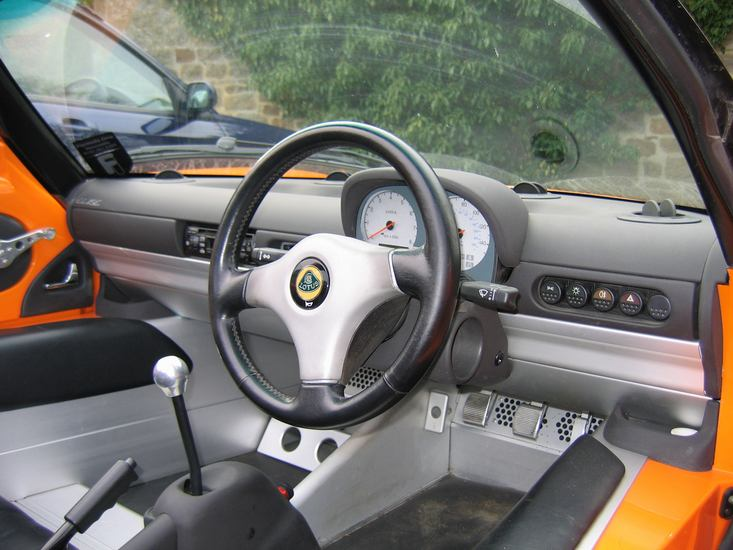 The logic of Lotus seems to be a bit flawed. It only produces sports cars without interiors, and it only uses other people’s engines. It also does not have an SUV. This looks like another typical British stubborn sports car enterprise, a cold one. By the way, in 2017, Lotus’ global sales were just over 1,000 vehicles. It is a definite loss-making enterprise.
The logic of Lotus seems to be a bit flawed. It only produces sports cars without interiors, and it only uses other people’s engines. It also does not have an SUV. This looks like another typical British stubborn sports car enterprise, a cold one. By the way, in 2017, Lotus’ global sales were just over 1,000 vehicles. It is a definite loss-making enterprise.
So, why did Geely acquire such a loss-making niche sports car manufacturer? Is it still possible to acquire automakers now? What is Lotus’ background?
Rising from the Mud Unstained
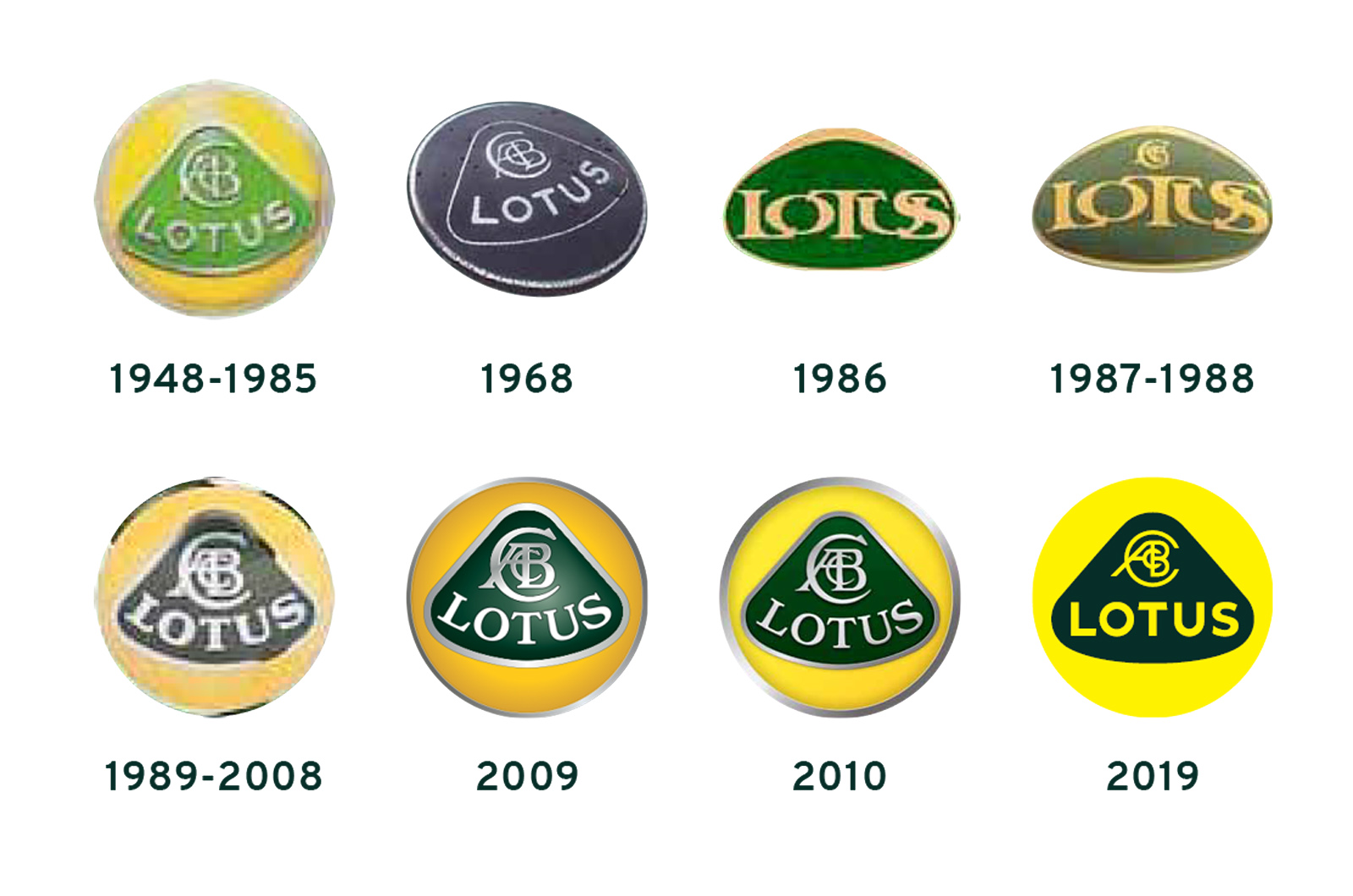
Lotus, with its unique and unwavering technological approach, is an outsider in the world of sports cars. Such independence is undoubtedly inseparable from its visionary founder, Anthony Colin Bruce Chapman, also known as Colin Chapman.
Technical Genius

Lotus founder Colin Chapman dabbled in cars from a young age. He graduated from the structural engineering department at UCL University College London, a prestigious school in London, England. He also participated in the university’s aviation club and had a brief experience in the Air Force.
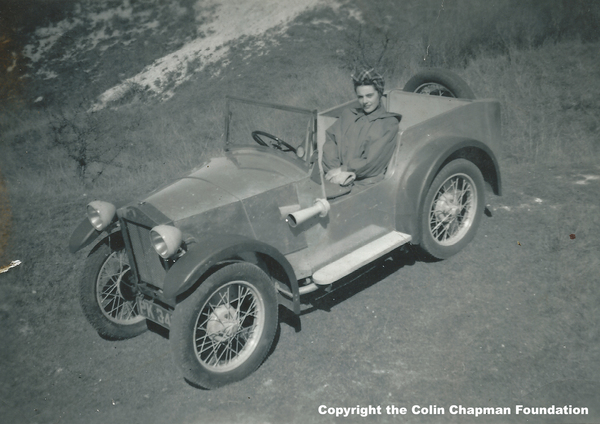
Unsatisfied with his small business of modifying cars in the garage behind his fiancée Hazel Williams’ house, Chapman opened up another opportunity and convinced his fiancée to give him a £25 (or according to some sources £50) grant to establish Lotus Engineering in 1952, the beginning of the racing car manufacturer’s entrepreneurial journey.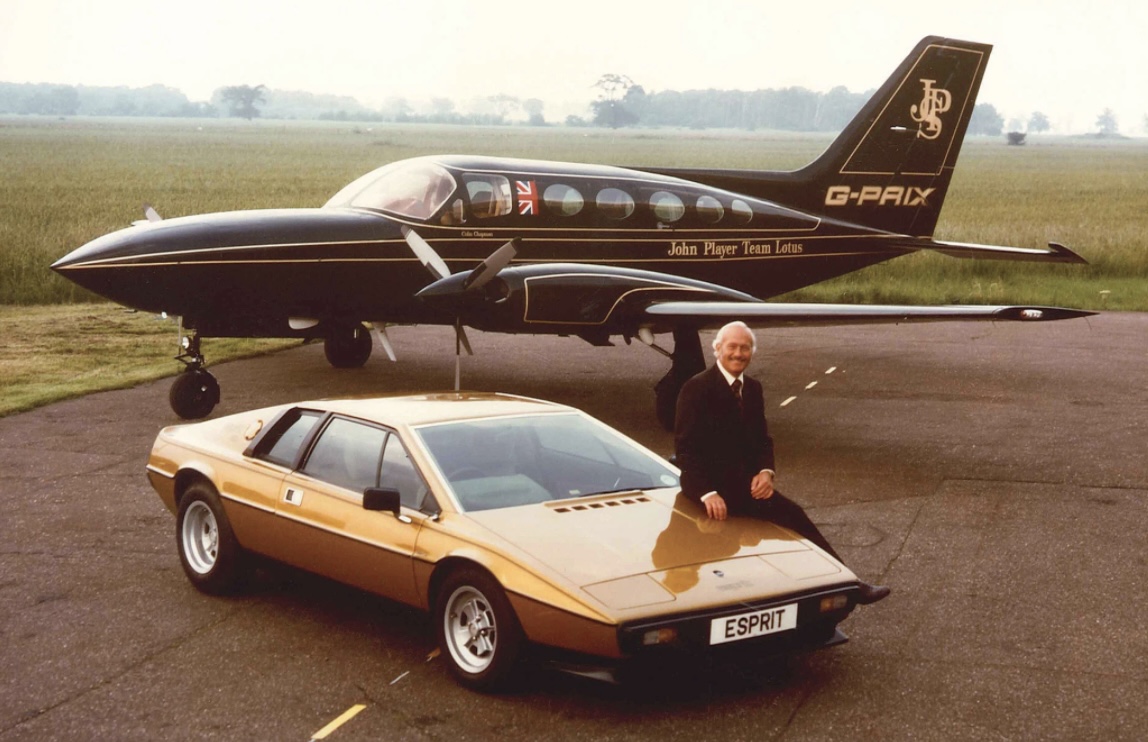
It’s already 2021, yet there are still people who think that a heavier car is more stable. Born in 1928 and from an aviation background, Chapman left behind an eternal classic phrase for us Lotus Philosophy.
Simplify, then add lightness.
The lightweight concept inspired by aviation and aerodynamics runs throughout the glorious history of Lotus. The following are some of Lotus’ most representative models.
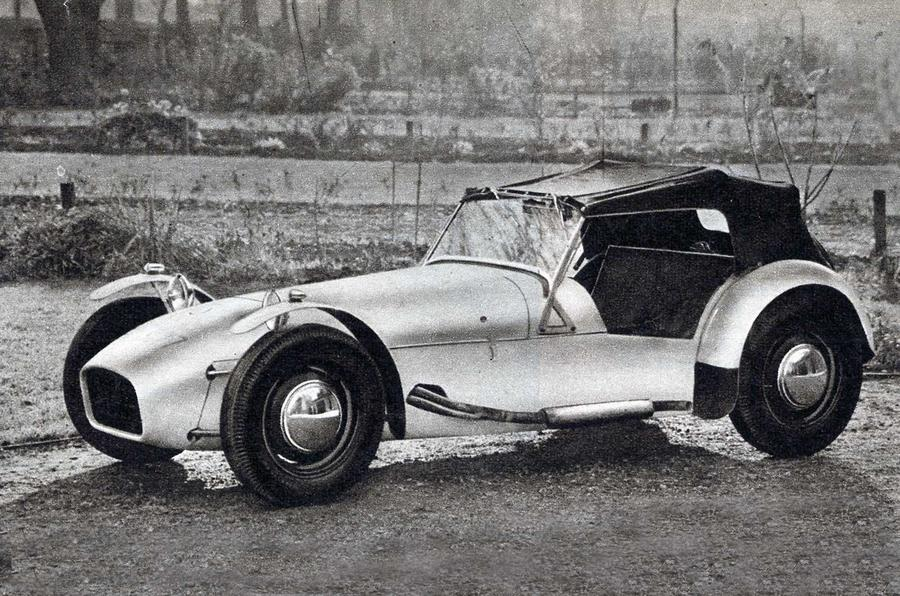
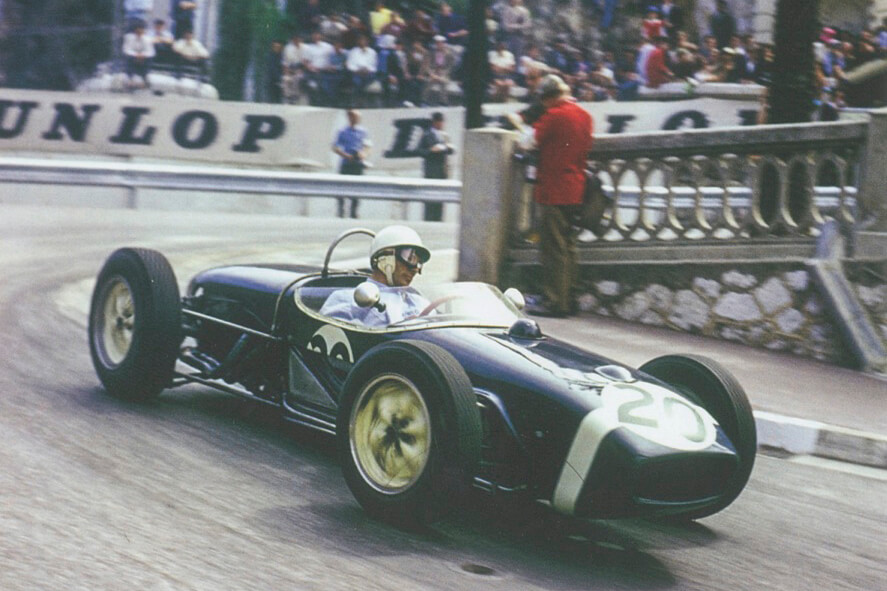
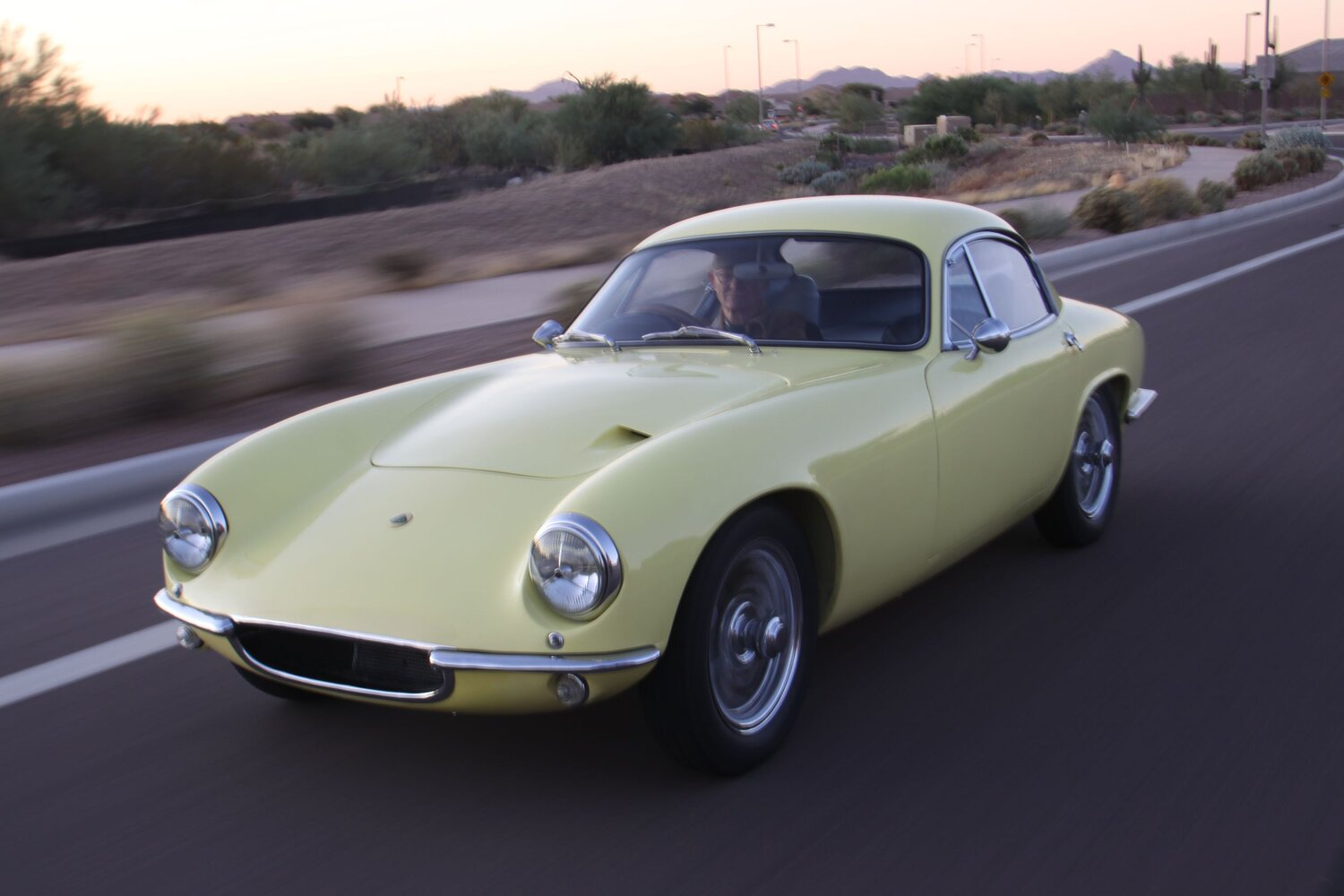

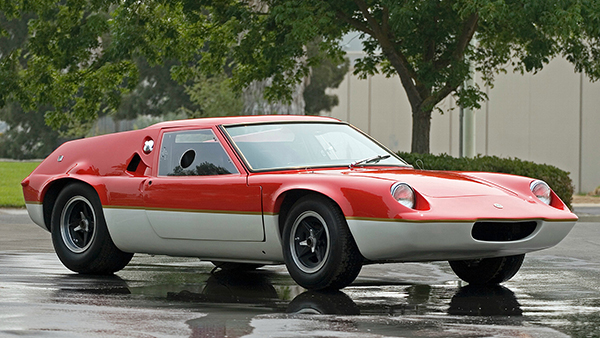
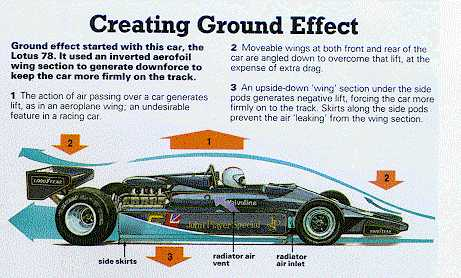
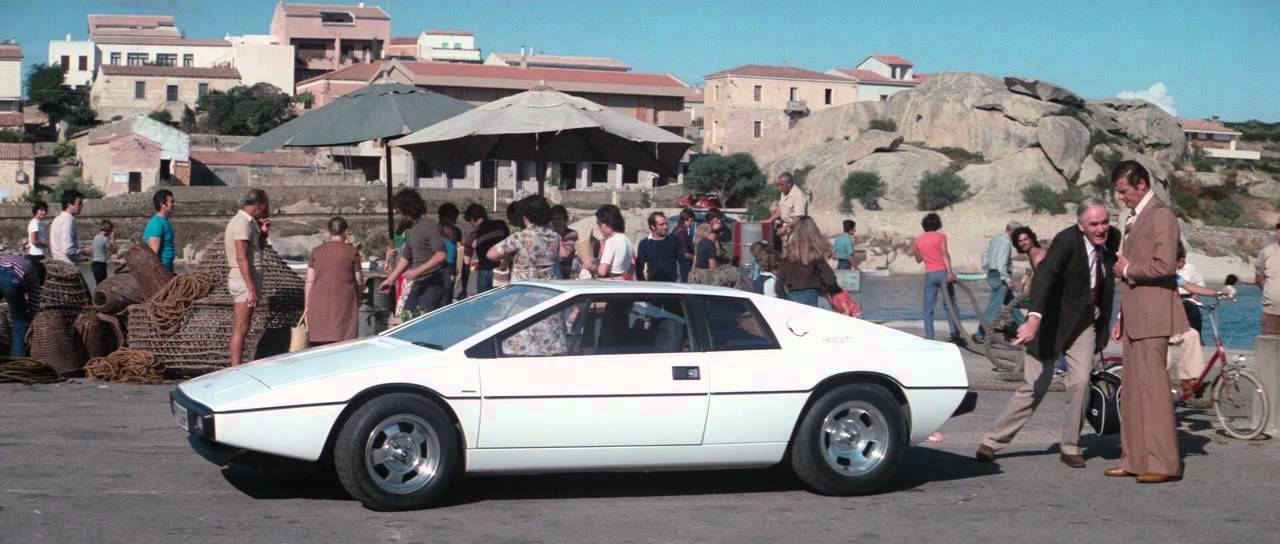
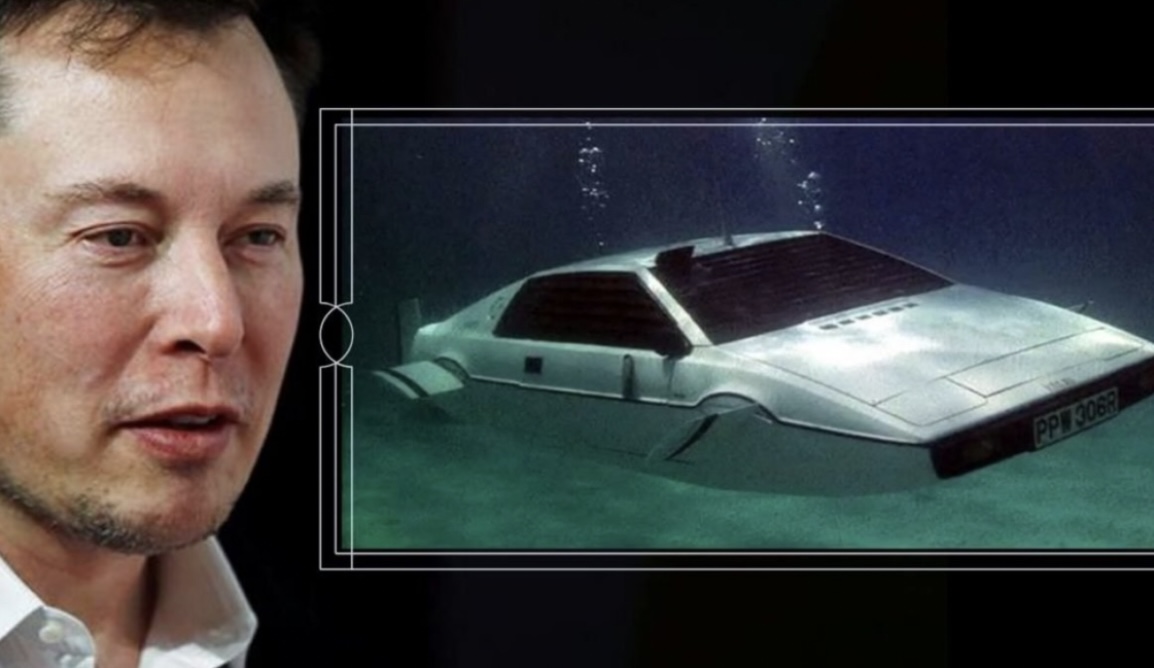
Regardless of whether it is a production car or a racing car, apart from aerodynamics, Chapman’s favourite thing was lightweight design. This is because it is more useful than powerful horsepower.
Adding power makes you faster on the straights; subtracting weight makes you faster everywhere.
However, his advanced technological ideas were not the only factors that led to his success on the racetrack.
Business Genius
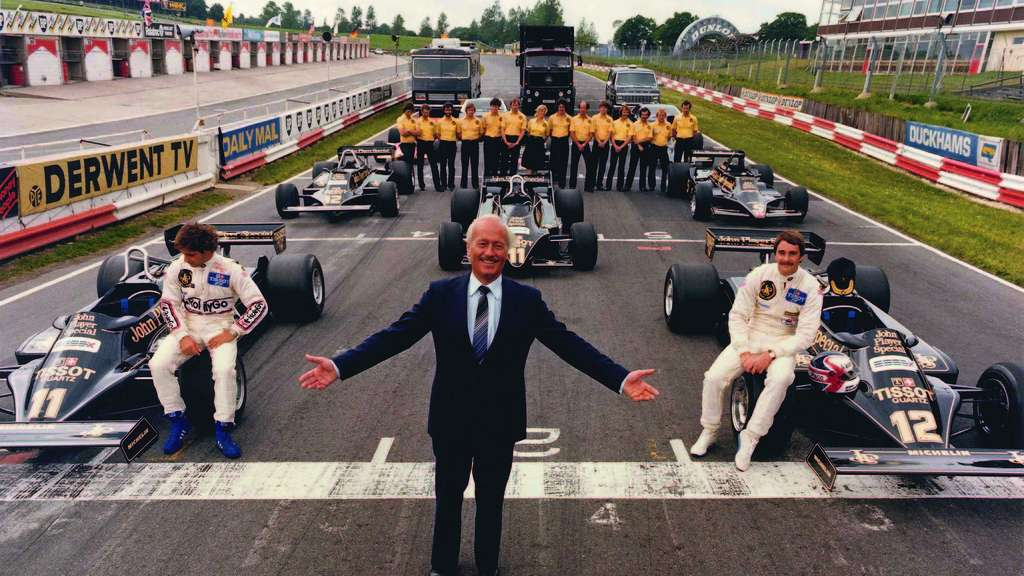
Chapman’s success on the racetrack also depended on his business acumen.
In the early days of F1, it was actually more like a supercar club holding track days today. Rather than being a sport, it was more of a pastime for the wealthy. Wealthy young gentlemen would use the latest racing cars to compete on the track, which at best, was a promotion of the product capabilities for automakers.
 In the current racing world, there is a wide variety of advertising decals on cars, which all originated from Chapman introducing the sponsorship system into Formula 1 in 1968. This rapidly professionalized and commercialized the sport, allowing high-tech vehicles and professional drivers to compete in bigger events with larger audiences.
In the current racing world, there is a wide variety of advertising decals on cars, which all originated from Chapman introducing the sponsorship system into Formula 1 in 1968. This rapidly professionalized and commercialized the sport, allowing high-tech vehicles and professional drivers to compete in bigger events with larger audiences.
Established in 1958, Cosworth, which later became a leading supplier of racing engines, was founded by Mike Costin and Keith Duckworth, former employees of Lotus. Chapman was a businessman with vision. Rather than holding a grudge against the departing employees, he helped Cosworth secure sponsorship from Ford, enabling its rapid development and providing a quality power source for numerous Lotuses and other racing cars.
Separated Yet Connected
Innovation remains, lightweighting remains, and the image remains.
The Fall of a Legend
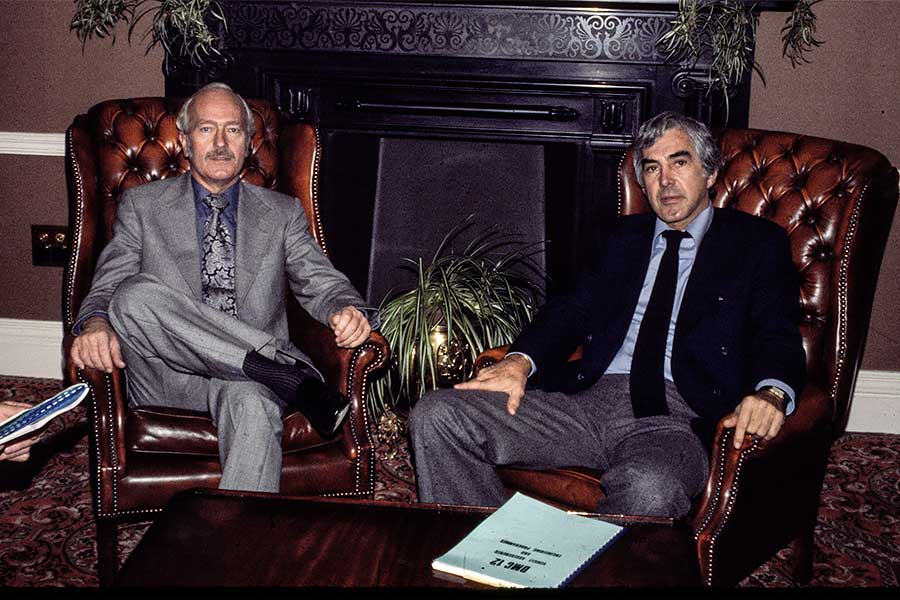
In the 1980s, Chapman faced legal troubles related to the DMC sports car project with John DeLorean, accused of misappropriating funds from the British government. Additionally, Lotus suffered a decline in performance due to the global economic recession.
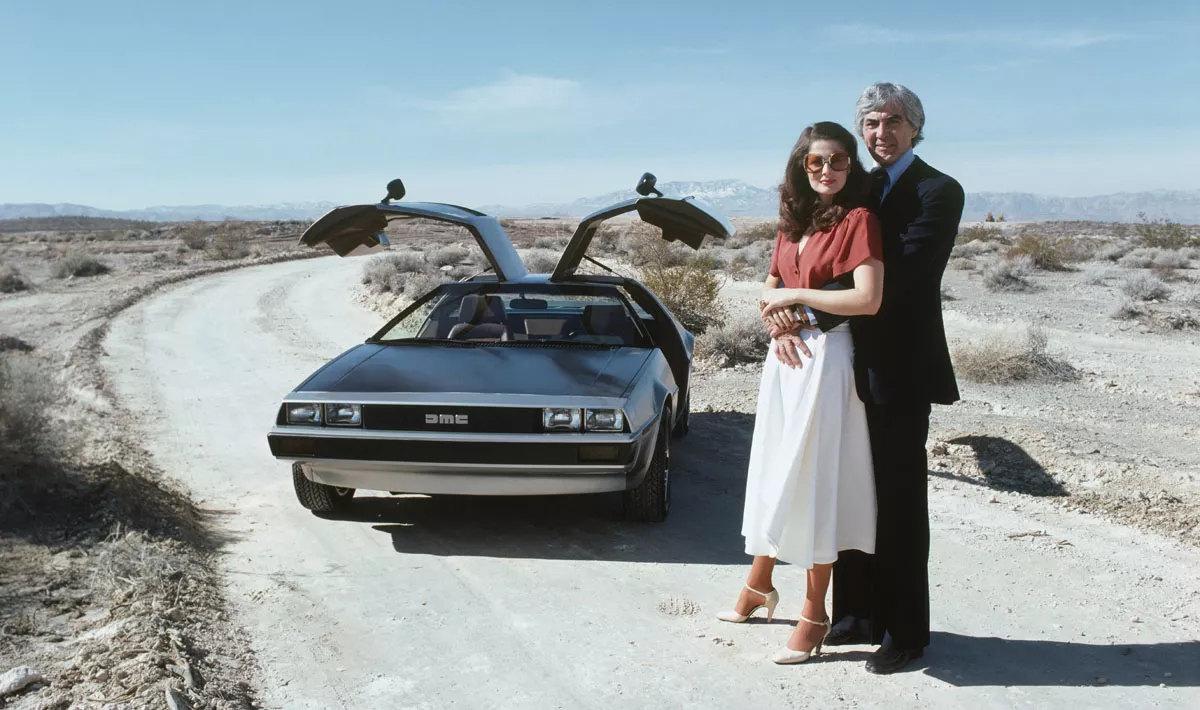
In 1982, as Lotus was still testing the world’s first active suspension system for an F1 racing car, Colin Chapman passed away at home from a heart attack at the age of 54.
At this point, the company faced increasing financial difficulties and without its driving force, Lotus gradually lost its shine on the race track. In crisis, Lotus had to exchange intellectual property rights with Toyota. The former provided engineering services while the latter provided powertrains.
The Post-Chapman Era
Following this, Lotus entered a phase of continuous changes of ownership after separating from the original Lotus.
- In 1983, Toyota bought 16.5% of Lotus’s stock for 1.6 million pounds;
- In 1986, General Motors purchased 58% of Lotus’s stock, and increased its controlling interest to 97% the following year;
- In 1993, Bugatti purchased Lotus for 30 million pounds.- In 2003, Lotus was acquired by Malaysian automotive company Proton;
- In 2011, even the name of its F1 team changed to Lotus-Renault GP team.
One Style Fits All
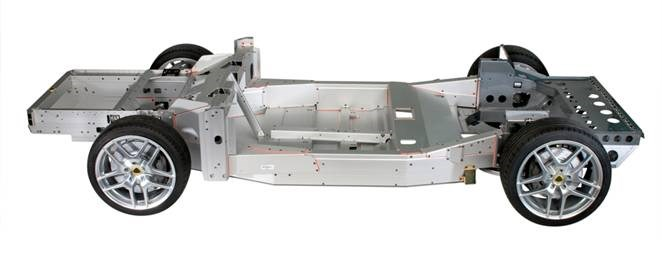
Currently, all three Lotus models currently on sale—Elise, Exige and Evora—are built on VVA chassis architecture depicted above. The entire chassis is made up of 26 extruded aluminum alloy components, bonded by epoxy resin adhesive after undergoing special chemical treatment at the joining surfaces, and strengthened by steel rivets in areas exposed to stress.
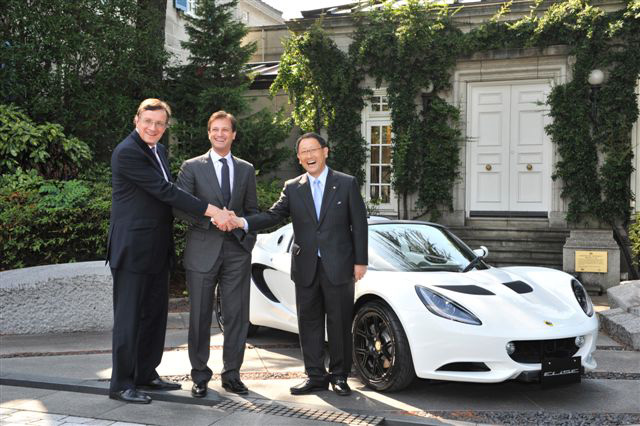
Regarding powertrain, Lotus has maintained its relationship with Toyota established in the 1980s. Currently all of its current models are powered by Toyota’s transverse powertrain.
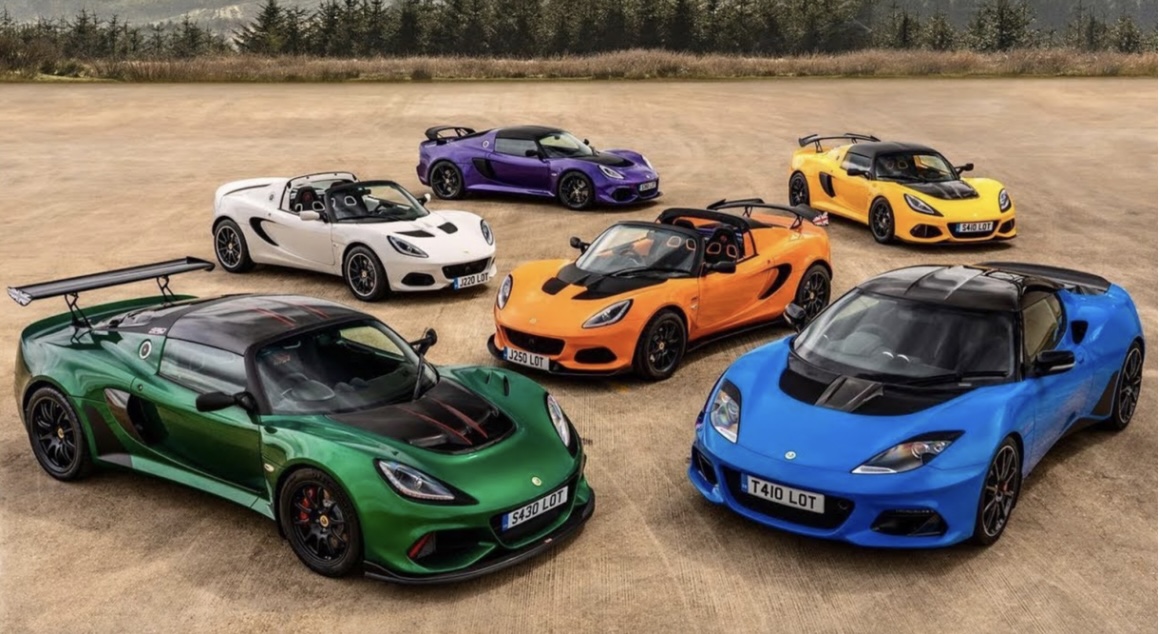
Elise is powered by a 1.8L 4-cylinder engine sourced from old Corolla and other models, while Exige and Evora are powered by a 3.5L V6 engine sourced from Céline and other models. All models come with a mechanical supercharger from Lotus. Gearboxes are customizable Toyota 6MT or 6AT.
Times Have Changed, but Lotus Remains Classic
There is no doubt that the all-aluminum frame, front and rear double wishbone suspension, mid-rear-wheel drive Lotus is a very fun car to drive. However, you need to tolerate every factor that has nothing to do with its performance; you don’t have the high pitch of a Ferrari, nor do you have the PDK of a Porsche. Finally, you need to know that the car is tantamount to a senior scooter for the girls around the nightclub.
A lightweight hardcore sports car that abandons weight and even show-off variables seems to be something that not everyone can accept. It even seems to abandon balance sheets and valuation management.
So, why did Geely acquire it in the end?
Did Geely Make Money on its Acquisition of Lotus?
As mentioned at the beginning of the article, in 2017, Geely purchased a 49.9% stake in Proton and a 51% stake in Lotus for $235 million.
However, the more exciting number is that Geely only spent $65 million to acquire a controlling 51% stake in “fuel tanker” Lotus. Geely’s acquisition of control over Lotus can be seen as a top-notch bargain.
Let’s do the math
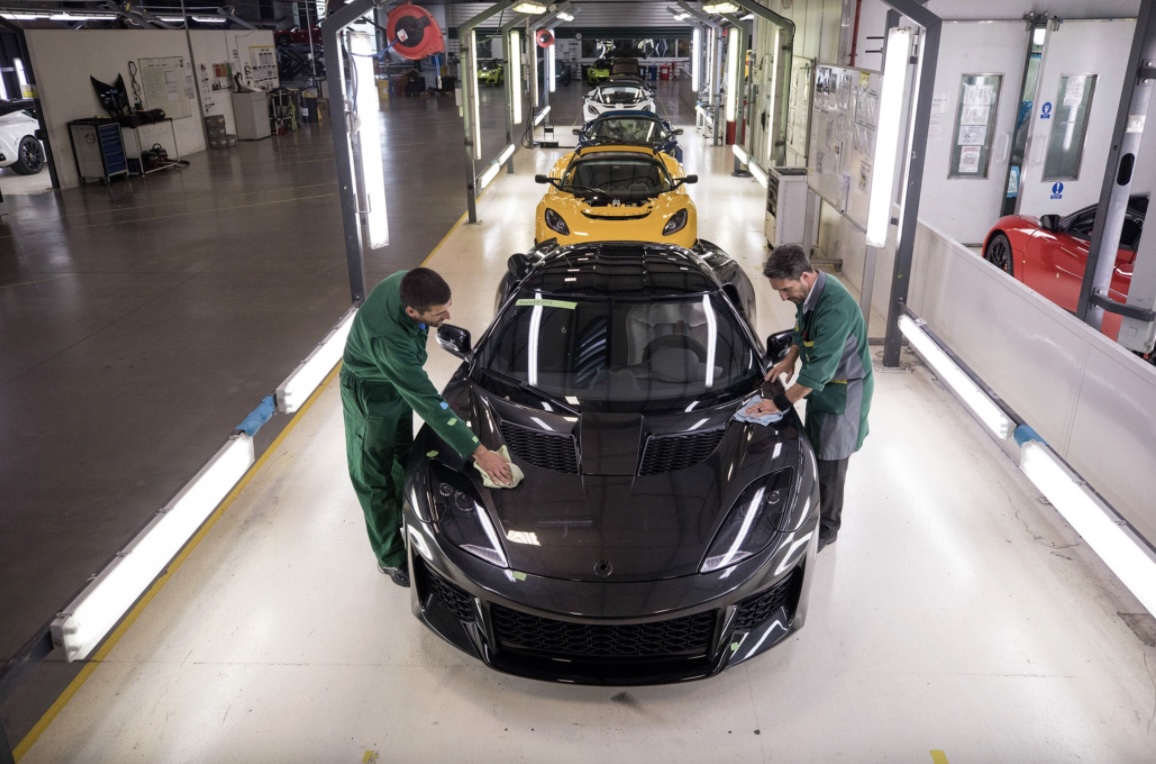
Why say that? Considering the additional costs that Geely may pay for control, Lotus valuation in 2017 certainly did not exceed twice the $65 million, or just over $100 million.
If Geely’s primary target in buying Proton was actually Lotus, then at most it spent just over $200 million to acquire control of the brand. As a comparison, Ferrari’s market value is currently $50 billion, while Porsche is worth $37 billion. Ferrari’s value has doubled since 2017, while Porsche has not increased that much.
Therefore, regardless of whether it’s $65 million or $235 million, as one of the top three sports car brands, Lotus is clearly undervalued. In other words, Geely bought it cheap!
The real reason behind the acquisition

If you still think that a brand with limited market appeal and a super-hardcore product line like Lotus is not worth much, then you may have overlooked the composition of the Lotus Group. In addition to Lotus Cars, the Lotus Group also includes Lotus Engineering.
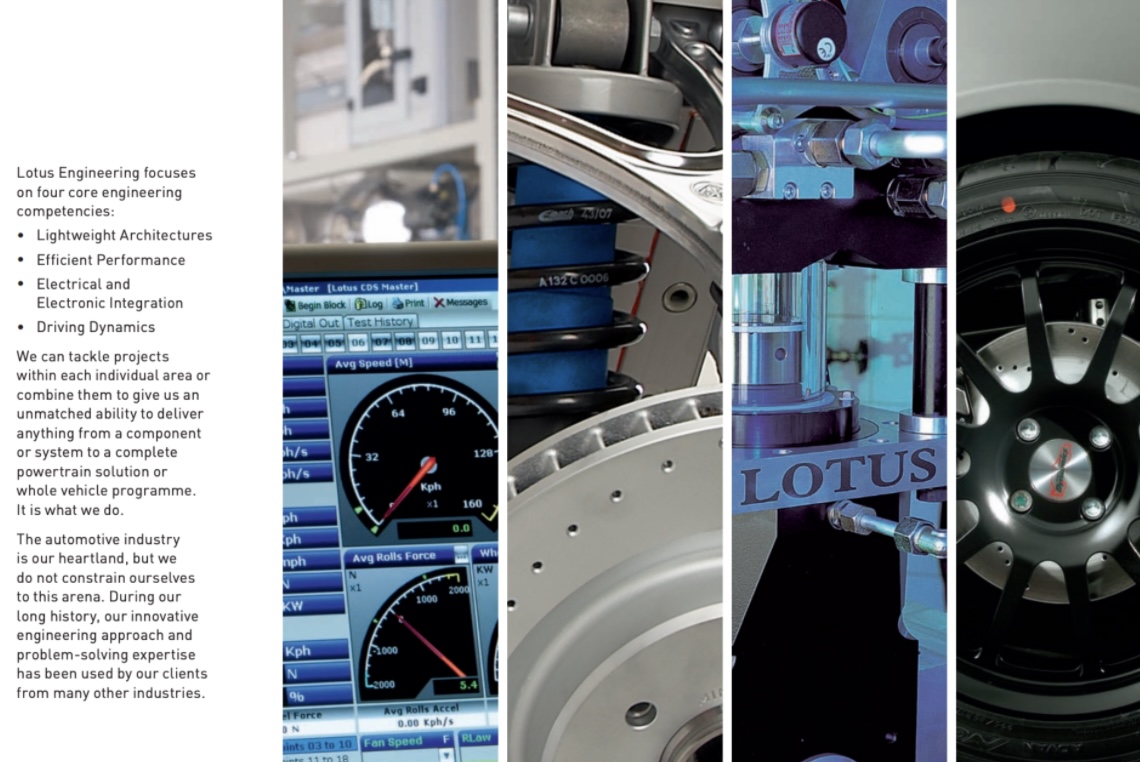 Yes! That is the racing engineering company founded by Mr. Chapman at the age of 24 in 1952. Unlike some domestic car companies that rely on making unbranded and inferior products to make money, Lotus Engineering is a genuine top-level automobile engineering consulting company. This is the core competitiveness that distinguishes Lotus from hundreds of British sports car manufacturers, and is also the reason why it can still stand strong after several changes of ownership and bankruptcy applications.
Yes! That is the racing engineering company founded by Mr. Chapman at the age of 24 in 1952. Unlike some domestic car companies that rely on making unbranded and inferior products to make money, Lotus Engineering is a genuine top-level automobile engineering consulting company. This is the core competitiveness that distinguishes Lotus from hundreds of British sports car manufacturers, and is also the reason why it can still stand strong after several changes of ownership and bankruptcy applications.
The heroes behind the classics
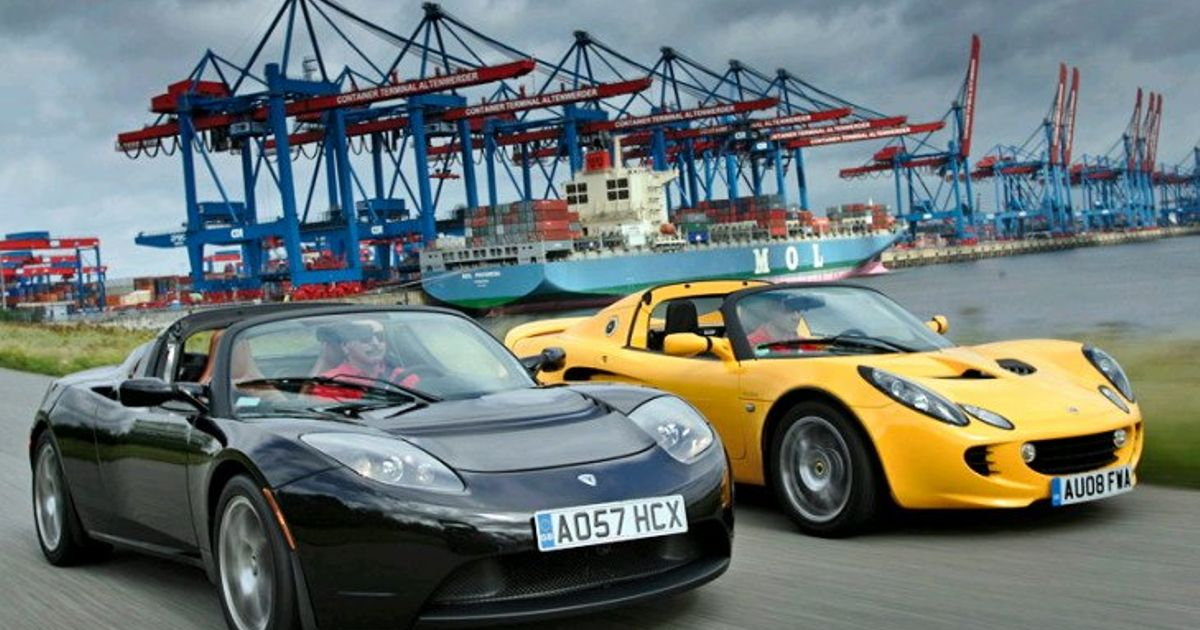
In an old article from Tesla’s official website in 2006 (link https://www.tesla.com/en_HK/blog/lotus-position?redirect=no), Martin Eberhard, the co-founder and first CEO of Tesla who has since left the company, said:
Lotus Engineering principally does engineering and design work for other car companies. I dare say that few major car companies have not hired Lotus Engineering for some work or other over the years.
Lotus not only provided the Elise’s VVA aluminum alloy chassis as the basis for Tesla’s Roadster, but also deeply participated in the design, development and even production. Yes, the Roadster was manufactured at Lotus headquarters, located at the Hethel factory in the UK.
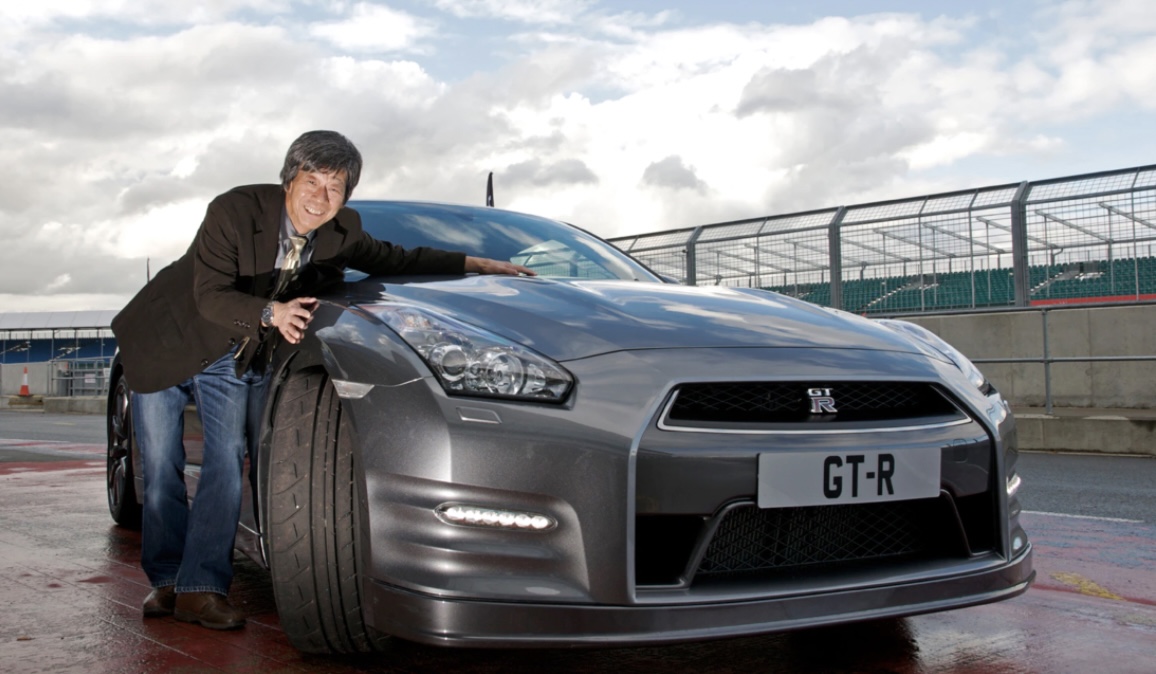
The Nissan GT-R in 2007 represents the thorough dissolution of the 280 horsepower self-restriction that has long bound the Japanese automobile industry. It also shocked the global supercar market with its incredible acceleration and super high cost-effectiveness.According to the official media materials of Nissan GT-R provided by Nissan, what are the new contributions of Lotus Engineering to the aerodynamic performance of the GT-R, whose wind resistance coefficient is 0.27?
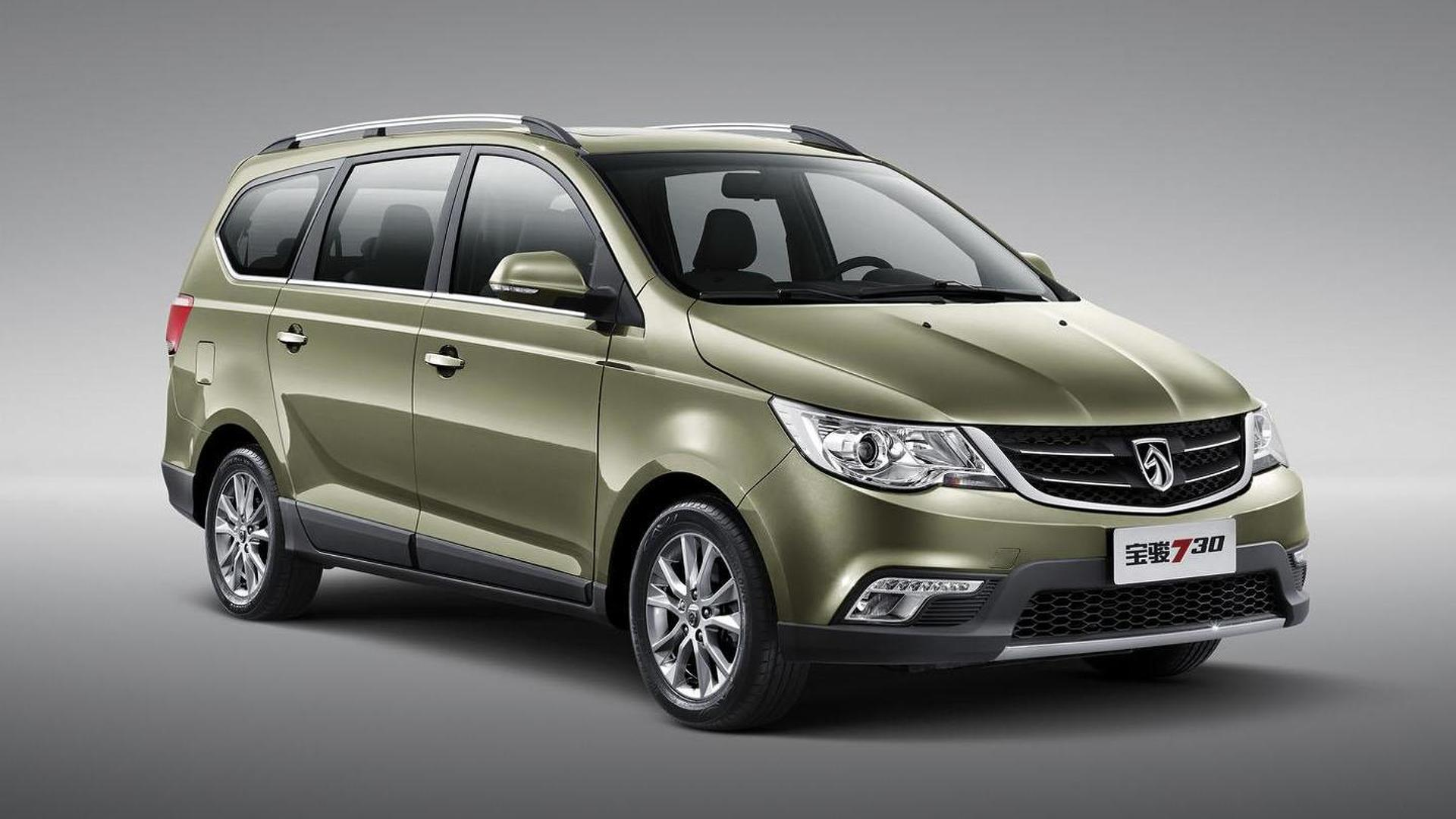
As shown on General Motors’ media website, Lotus Engineering also participated in the adjustment of the front MacPherson and rear torsion beam suspension of Baojun 730 under SAIC-GM-Wuling.
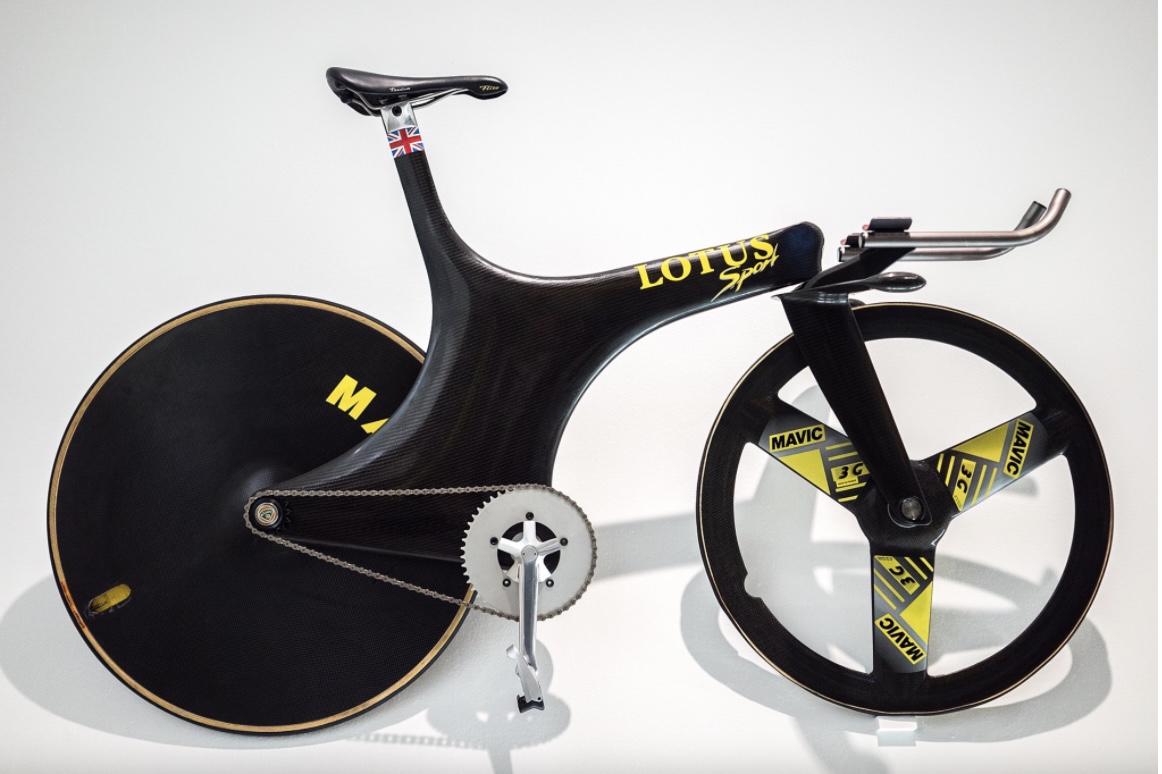
Lotus Engineering has many more masterpieces, and even approved a project just because of the enthusiasm of an employee who loves racing bicycles. The bicycle, named after Lotus tradition with a numeric code, actually helped Britain win the Barcelona Olympic gold medal in 1992.
To reiterate, Geely did not just buy a small British sports car brand, but a first-class vehicle engineering company with top research and development capabilities and small-scale vehicle production capabilities.
Rising from the Ashes
Undoubtedly, the wind of the new four transformations in the automotive industry has already blown across Europe. The process of electrification, networking, intelligence, and sharing will gradually eliminate some competitors who lack competitiveness and financial resources in this field. Lotus, which has received investment from Geely, is already in the bud.
Making a Comeback
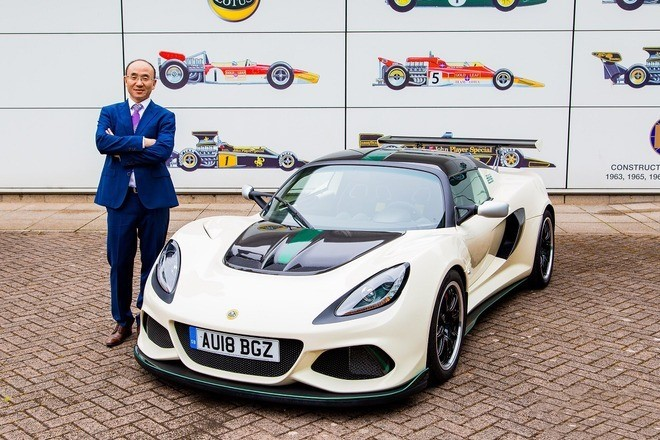
On June 6, 2018, Feng Qingfeng, Vice President and Chief Technology Officer (CTO) of Geely Automotive Group, succeeded Jean-Marc Gales as the CEO of Group Lotus. Jean-Marc Gales will serve as the Chief Strategic Advisor to Mr. Li Donghui, Chairman of Group Lotus.
Two years after being acquired by Geely, Lotus demonstrated its determination in action by announcing the pure electric supercar Lotus Type 130 on April 16, 2019.
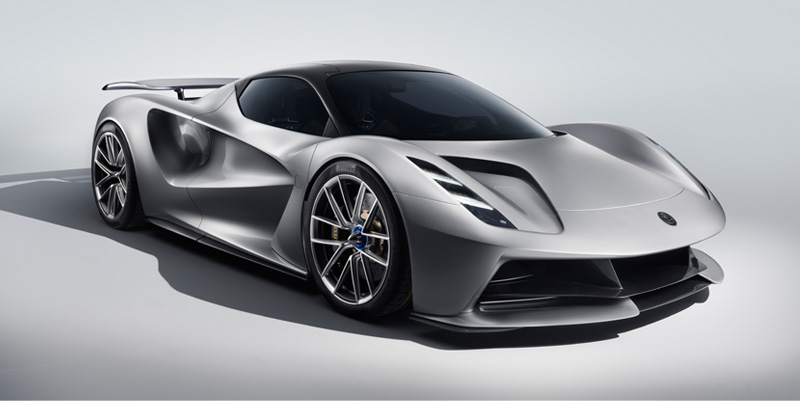
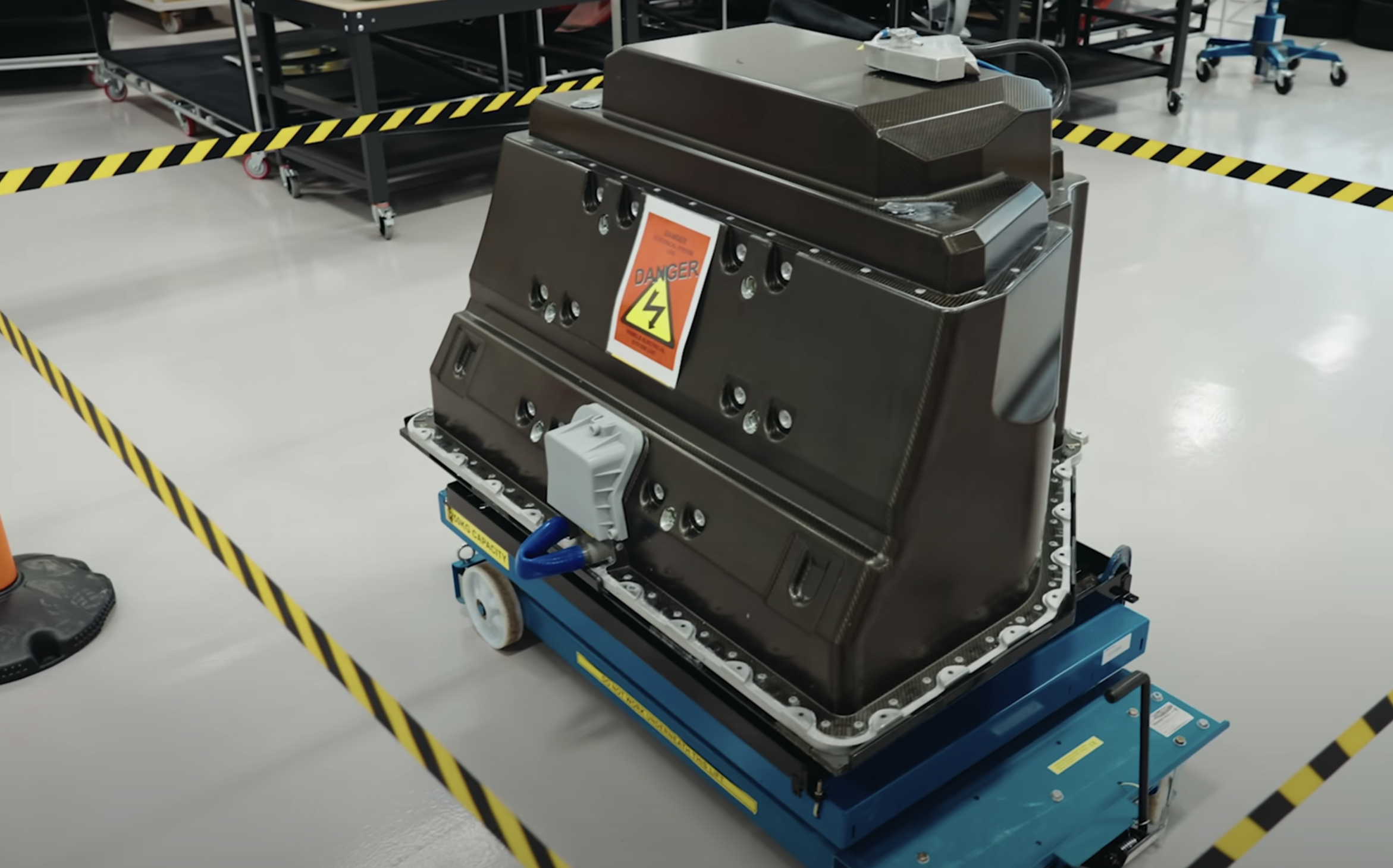
This car is the subsequent Evija, which is the culmination of Lotus’ philosophy. The first mass-produced car with a carbon fiber body from the brand has a weight of 1680 kg, making it the lightest pure electric supercar currently available. Coupled with its aerodynamic performance that can even exceed the car’s weight, it was a great accomplishment for the late Chapman.
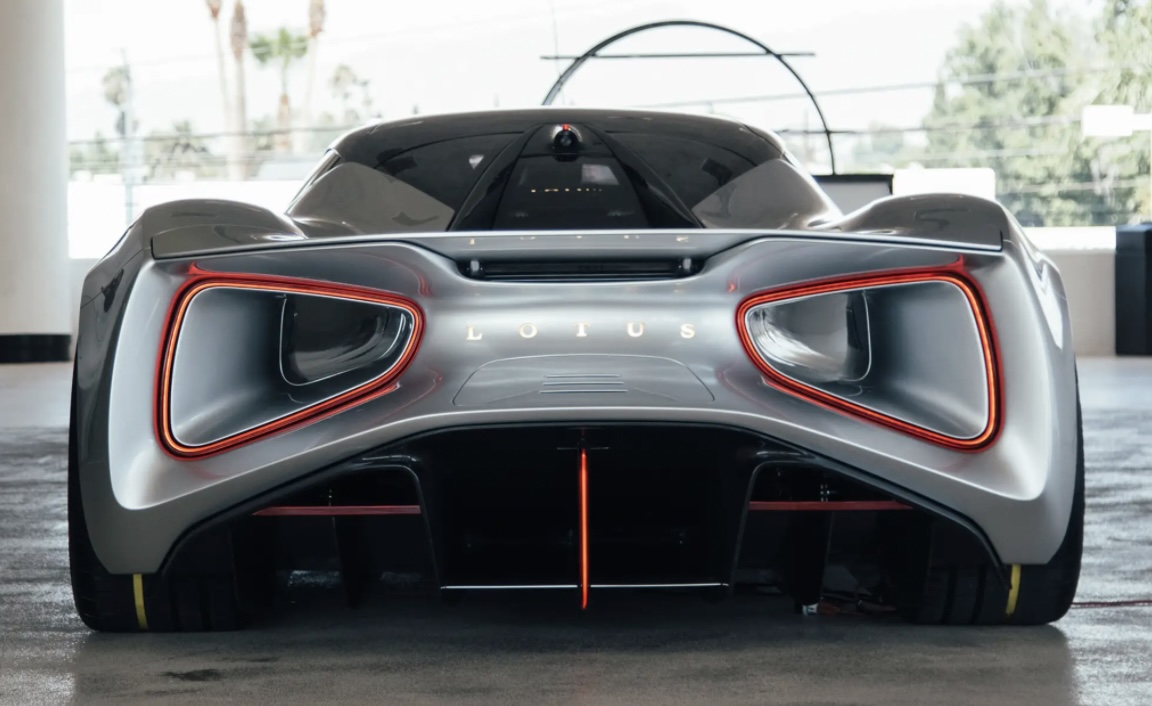
I can imagine the calibration engineer and test driver smiling when tuning the torque vectoring function. This is because the four motors deliver 2,000 horsepower, making it the most powerful mass-produced car in the world, a figure that even the Lotus engineers dreamed of during their money-belt-tightening period.
Demonstrate Determination
At a media briefing on April 27, 2021, Lotus announced that it would invest £2 billion to increase the brand’s production capacity from the current level of over 1,000 vehicles per year to “tens of thousands”. This also includes Lotus’ factory in Wuhan. Whether it is to increase the valuation of Lotus or to improve the business capabilities of its holding company, it is clear that Geely is willing to invest more resources into Lotus.
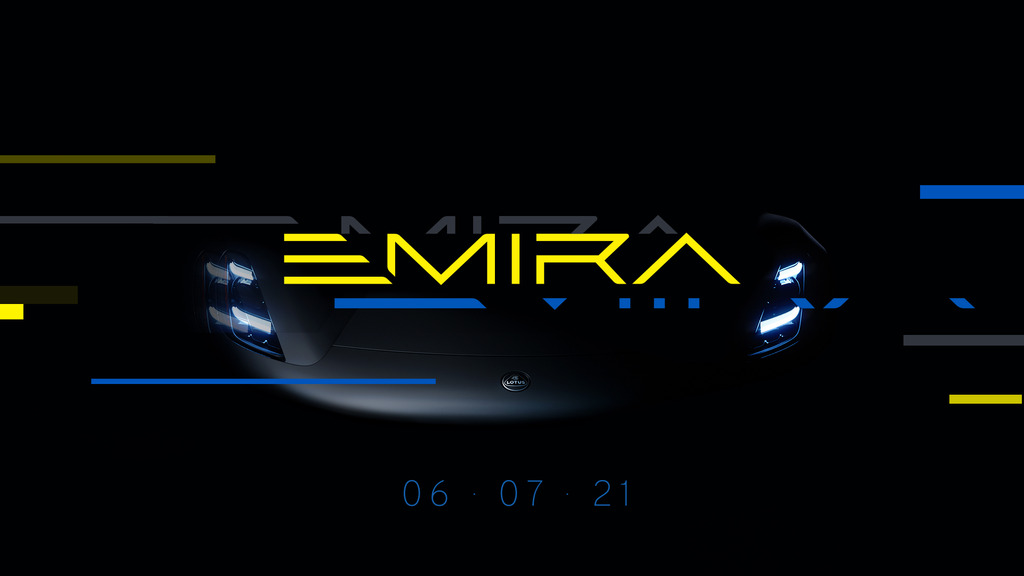 # LOTUS’s Future Strategy
# LOTUS’s Future Strategy
Except for the release of the Emira gasoline car and its technical concept update, Lotus reaffirmed its determination to fully electrify its lineup by 2028 and publicly announced its four future product architectures.
-
Sports car architecture: Emira, constructed with Lotus’s traditional squeezed aluminum alloy frame, will be the product of this architecture, internally referred to as the Elemental architecture.
-
Supercar architecture: Evija is the first product under the Extreme platform, with no performance limits and the participation of top suppliers, making it a remarkable supercar.
-
High-performance pure electric architecture: The Evolution platform focuses on cross-border and lifestyle vehicles, designed in the UK with support from China, Sweden, and Germany. It is highly likely that a domestically produced pure electric SUV will be based on this architecture.
-
Electric sports car architecture: Lotus Engineering leads a joint venture with Renault’s Alpine brand to develop the E-Sports architecture.
Free-Range Management?
It is noteworthy that all of the above architectures developed by Lotus are exclusively available to the Lotus brand within Geely Group, according to official Lotus media documents. However, cooperation is possible through Lotus Engineering and other OEMs. It seems that these British folks are a bit rebellious, isn’t it?
So, did Geely buy 51% of Lotus for nothing? Absolutely not. Any merger is a game of interests. Although Geely has limited usage rights for the Lotus brand within its own group, the key is that it means they can “consolidate financial statements,” that is, merge the financial statements.
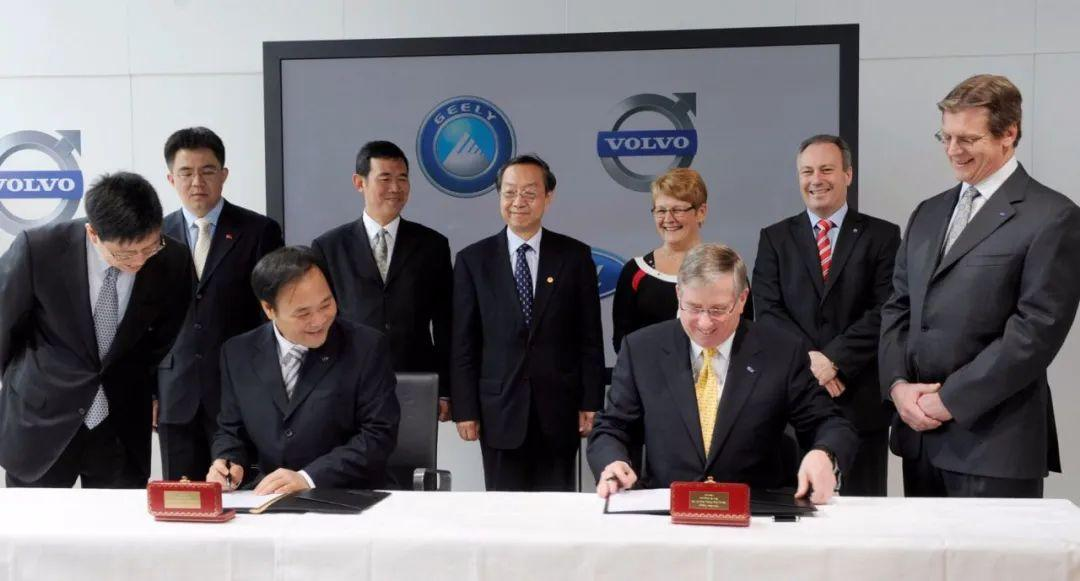
According to relevant regulations, once a controlling stake of 51% is formed, all of Lotus’s future expanded performance and assets will be included 100% in Geely’s financial statements. Volvo, which Geely acquired for $1.8 billion dollars in 2010, is now valued at more than ten times what it was worth back then. All the figures can be reflected in Geely’s financial statements, making a huge contribution to Geely’s market value. At the same time, it also shows that Geely’s free-range management style that respects the other party’s culture has achieved good results.According to a Bloomberg report published in April 2021, anonymous sources revealed that Geely is also considering an IPO for Lotus in the earliest next year. It is said that the valuation of the entire Lotus is $15 billion, and the valuation of Lotus’s EV project has also reached $5 billion.
First of all, if Lotus Engineering were to receive any orders, Geely could also earn 51%. Not to mention, it is very worthwhile for Geely Group to buy Lotus Engineering to meet its own needs and enhance product competitiveness. After all, the reason why traditional luxury cars are luxurious is not only because of the advantages in configuration and craftsmanship, but also the advantages in handling and riding sensation, which happens to be the area where Chinese car companies lack experience.
If Lotus can maintain its brand characteristics and technical independence while using its new pure electric SUV to obtain this big cake in China, this differentiation should be a delight for both old fans and new customers.
From the establishment of a joint venture company by Geely, Foxconn, and Baidu, as well as the layout of the SEA structure this year, Geely obviously hopes to add the “OEM” model to its business line. With factories, manpower, and capital all in place, what Geely needs is Lotus Engineering’s ability to compete with OEM giants like Magna and gain enough living space in the new car-making ecosystem.
Considering the continuous support and freedom Geely has given to Lotus, it is obvious that they are optimistic about the future development of Lotus. For Lotus, it can continue to develop in its own field of expertise while also adhering to its concept of lightweight hardcore sports cars.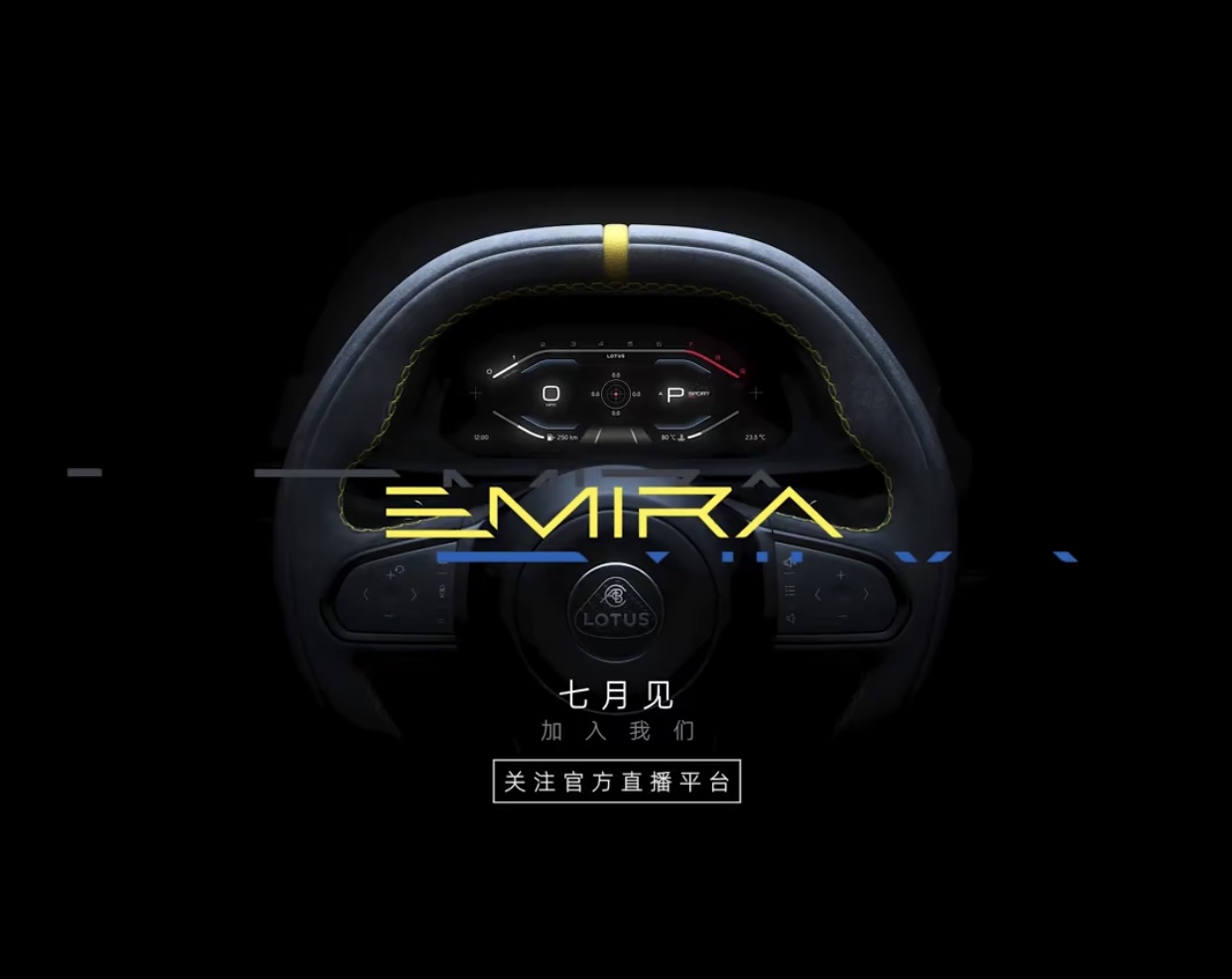
The most successful acquisition cases are deals that benefit both the acquirer and the acquired.
Money buys money, and technology buys technology. What we consumers can get, apart from the top-tier electric supercars, may be the lightweight sports cars or ultra-luxury pure electric SUVs that are more appealing. The chassis developed by Lotus could also become a major selling point for Geely’s products.
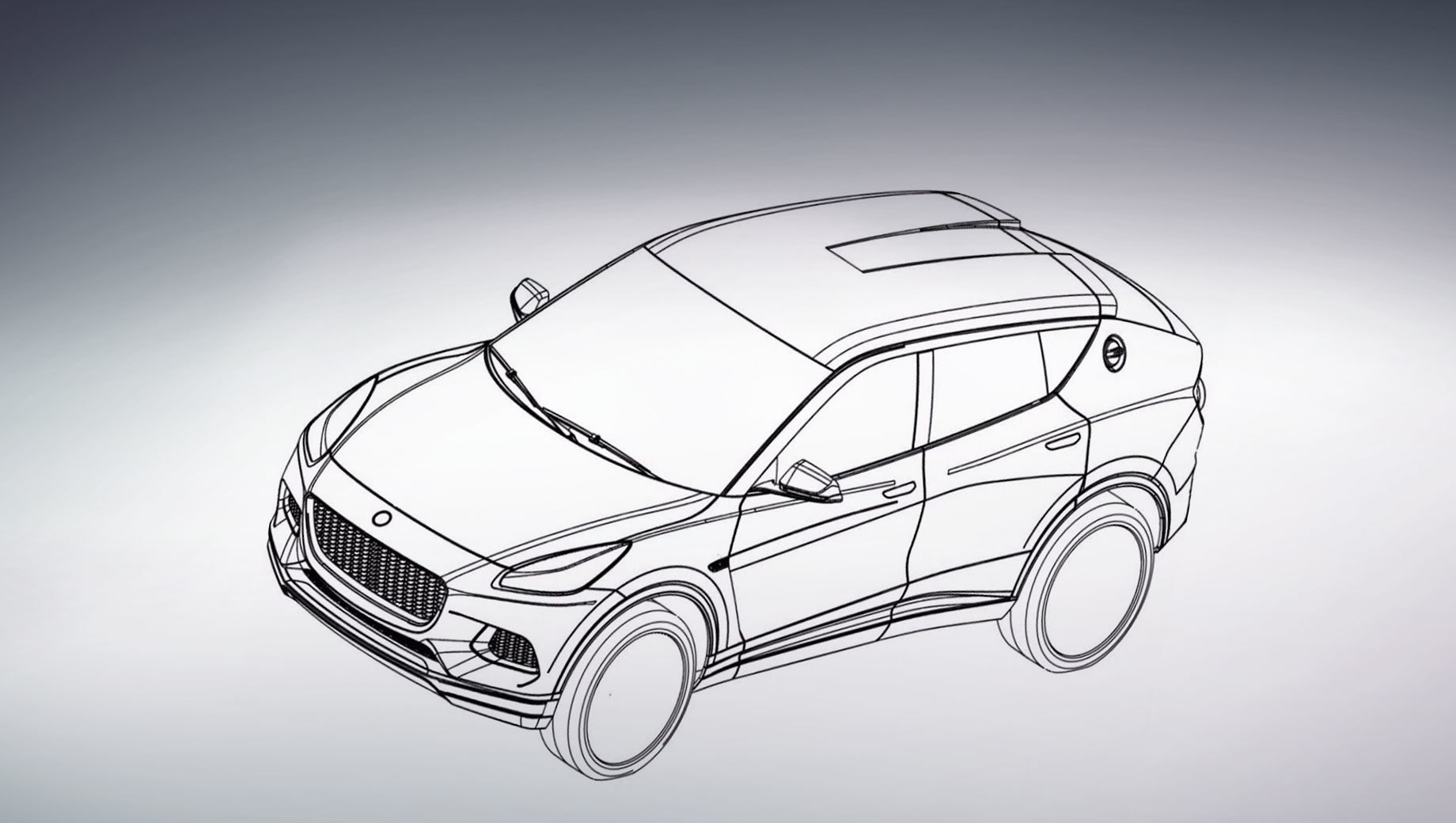
Buy a Lotus for Geely? It seems like buying a Lotus is buying Geely, too. “The Geelot combo,” I think sounds good.
This article is a translation by ChatGPT of a Chinese report from 42HOW. If you have any questions about it, please email bd@42how.com.
